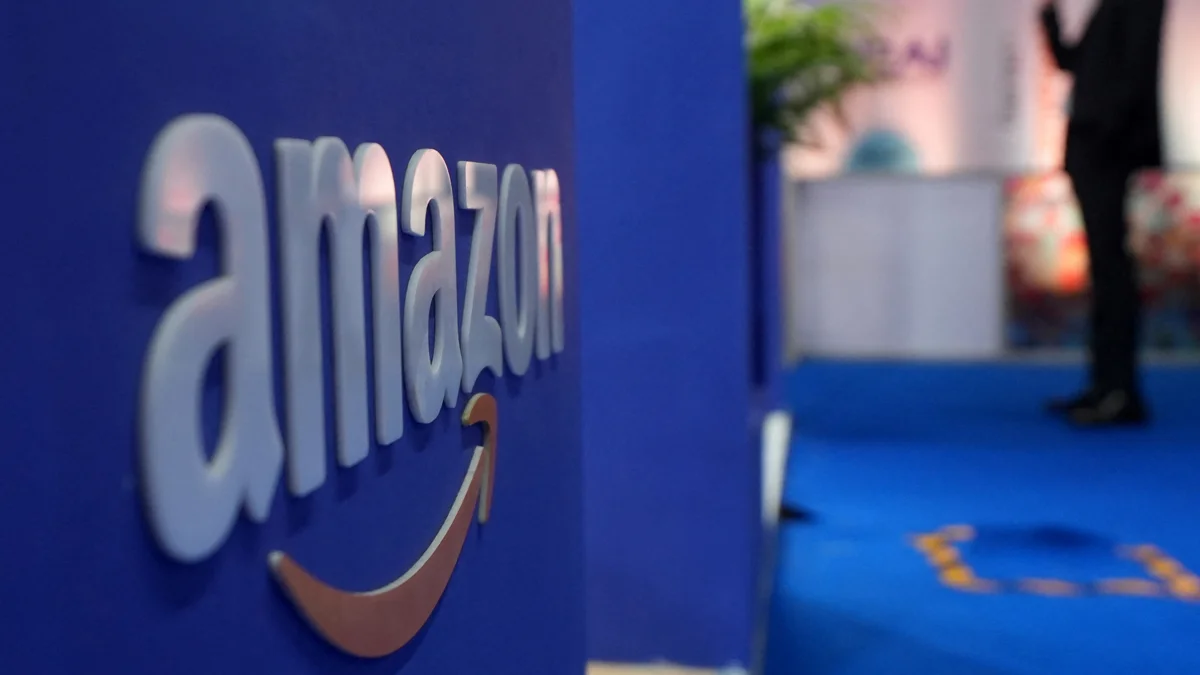Necessary Always Active
Necessary cookies are required to enable the basic features of this site, such as providing secure log-in or adjusting your consent preferences. These cookies do not store any personally identifiable data.
|
||||||
|
||||||
|
||||||
|

Amazon stocks plunged by nearly 8% on August 1 after earnings from the company’s cloud computing business disappointed investors. According to Reuters, growth in Amazon’s cloud unit decreased at a time when its AI competitors, Microsoft and Alphabet, reported robust gains. Amazon CEO Andy Jassy is actively engaged in the AI infrastructure race that requires heavy investment in data centers.
Amazon projected its Q3 revenue of between $174 billion and $179.5 billion, surpassing analyst expectations of $173.2 billion. But it’s the company’s AWS revenue projections that shaped investor sentiments on Amazon.
In Q2, Amazon generated $30.8 billion from its AWS cloud computing business against a $30.7 billion expectation. The company projected operating income of between $15.5 billion to $20.5 billion for AWS cloud in Q3, against an investor expectation of $19.5 billion. This projected revenue shortfall triggered the Amazon share price decline.
The slowdown in AWS’s quarterly growth left investors wondering whether Amazon’s AI investments are paying off.
“While Microsoft and Alphabet have already shown strong momentum in cloud growth, AWS wasn’t the knockout many wanted to see, highlighting just how tightly investor sentiment is tied to the AI narrative right now,” Hargreaves Lansdown Senior Equity Analyst, Matt Britzman said.
Amazon Web Services constitutes a small part of the tech giant’s overall business. However, it’s one of the top revenue generators for the company, accounting for 60% of Amazon’s total operating income.
Amazon reported $31.4 billion in capital expenditure in Q2. This amount represents a 90% increase from the same period last year. The company said it will be spending a similar amount in the second half of the year.
Wall Street analysts pressed CEO Jassy during the conference call on why AWS was not growing as fast despite the rising demand to handle AI workloads. The CEO said AI is still in its very early days. He added that Amazon’s efforts to reduce the cost of running AI applications will attract more clients with time. Jassy also emphasized that it will take time to develop sufficient capacity to meet client needs.
The Amazon CEO also highlighted the AWS security and reliability saying, “there are very different results in security in AWS than you’ll see in other players.”
Major tech companies have received intense investor scrutiny over AI spending this year, which is estimated to be over $330 billion. Microsoft is set to outspend its competitors in the next one year.
In June 2025, Meta increased its AI spending forecast for the year to $72 billion. The company’s aggressive spending in AI coupled with its shift to the metaverse and improvements in operational efficiencies are some of the reasons why investors have their eyes fixed on its stocks.
The tech industry has experienced since US President Donald Trump announced liberation day tariffs. Amazon said its core retail business did not suffer adverse effects due to the tariffs. In April, the ecommerce giant said that Amazon third-party sellers were keeping off its Prime Day event as tariffs threatened profit margins.
The tariffs forced many retailers and companies dealing in consumer goods to find ways to maintain their profit margins without affecting demand for their products.
“Through the first half of the year, we haven’t yet seen diminishing demand nor prices meaningfully appreciating. Thus far, we believe that manufacturers and suppliers are bearing the brunt of the tariff impact“, CEO Jassy said.
However, strategists at J.P. Morgan said that most of the inventory that Amazon sold in Q2 had been procured in Q1. Based on this observation, the analysts claimed that there could be tariff uncertainty in the coming quarters. Amazon reported an annual price-to-earnings ratio 33.87, which is way higher than Alphabet’s 18.64 and slightly lower than Microsoft’s 34.19.